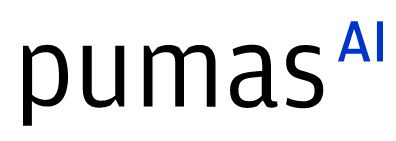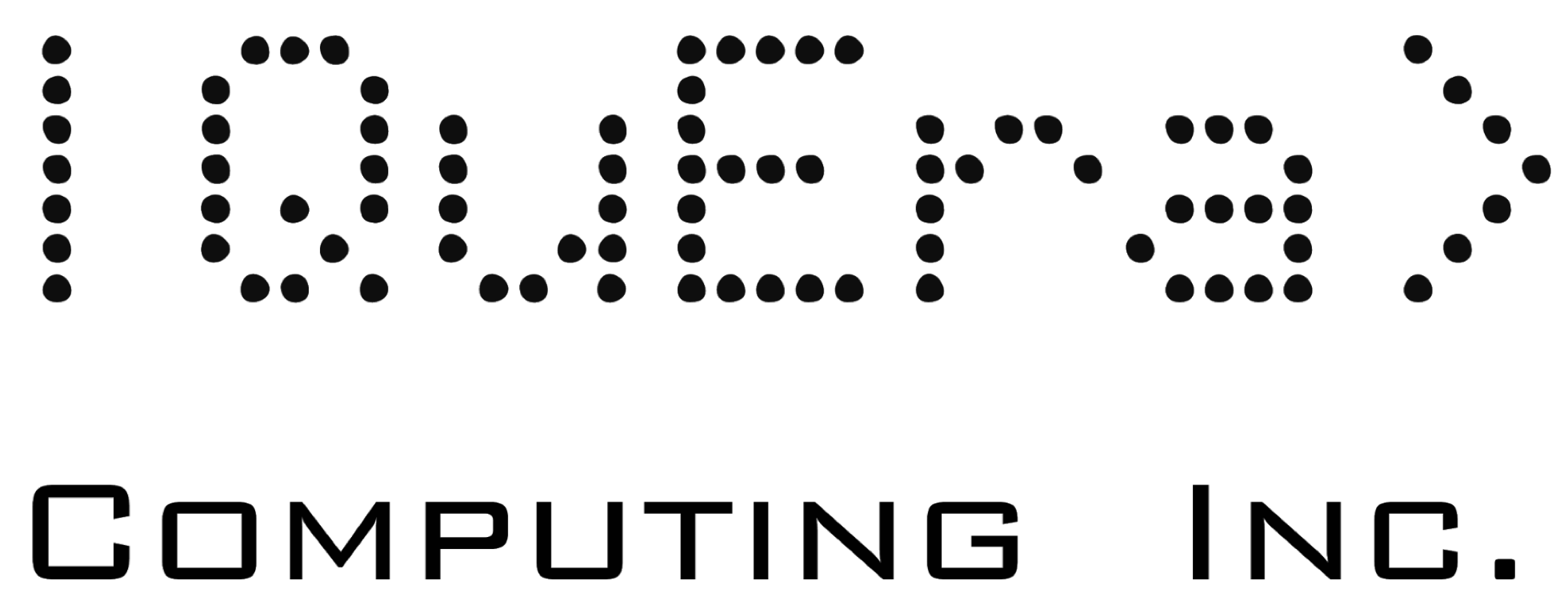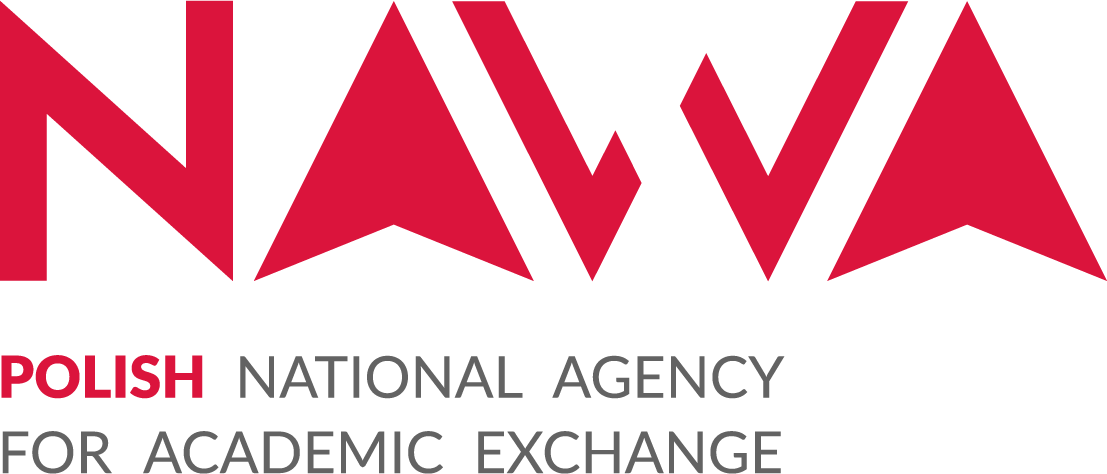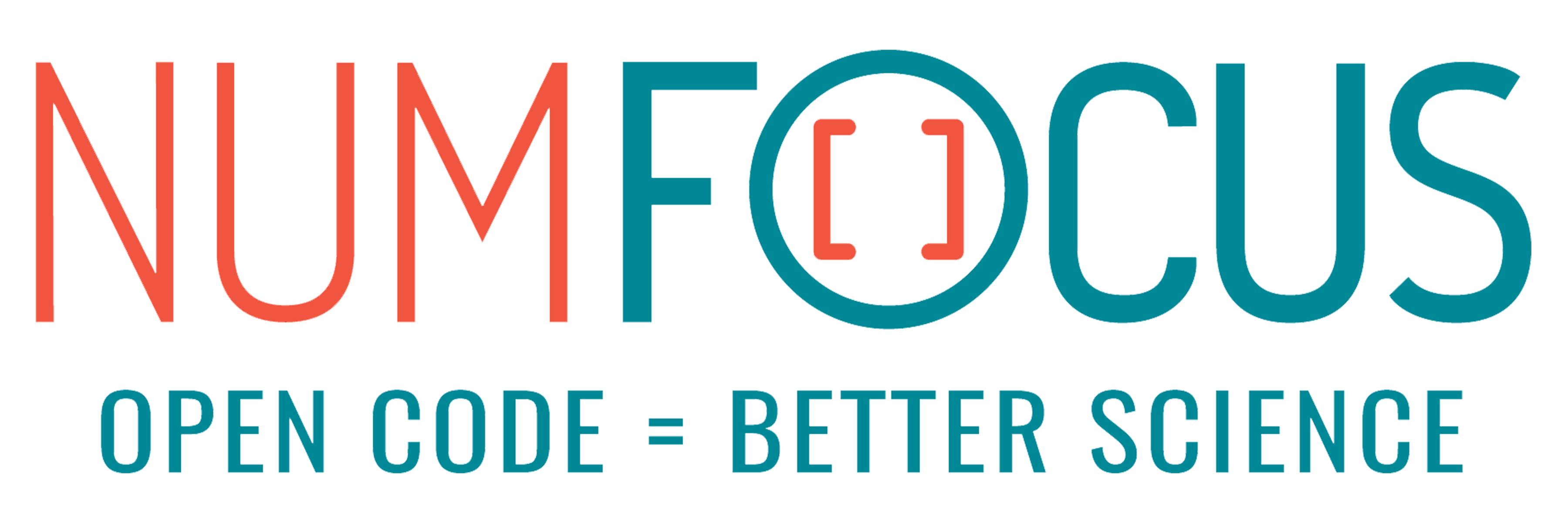ML-Based Surrogate Modeling of Particle Accelerators with Julia
Abstract:
As physicists build ever more advanced particle accelerators, corresponding simulation softwares demand more computational resources. Our experiment, IsoDAR, is no exception to this. To reduce computational overhead of high-fidelity simulations, we used Julia to develop machine learning models that can, with reasonable accuracy, predict the behavior of a beam traversing our accelerator. These surrogate models have the potential to transform the way physicists design and optimize accelerators.
Description:
The IsoDAR (Isotope Decay-At-Rest) experiment is a proposed source of neutrinos: light, electrically neutral fundamental particles with many properties that physics has yet to explain. IsoDAR creates neutrinos by irradiating a Li-7 target with a beam of protons. This beam of protons is proposed to carry an unprecedented 10 mA of current, made possible in part by the inclusion of a linear accelerator called a Radiofrequency Quadrupole (RFQ). Simulating the behavior of a beam as it traverses an RFQ of arbitrary design is nontrivial already, but once the beam current becomes as high as 10 mA, nonlinear space charge effects make these computations even more difficult. In response, we have used Julia to develop neural networks that can predict throughgoing beam dynamics accurately and quickly, orders of magnitude faster than traditional high-fidelity simulation. In this contribution, we present the current performance of such surrogate models, discuss their pitfalls in predicting less straightforward beam summary parameters, and highlight their utility for accelerator engineering and design optimization.
Platinum sponsors

Gold sponsors

Silver sponsors




Bronze sponsors



Academic partners

Local partners

Fiscal Sponsor
